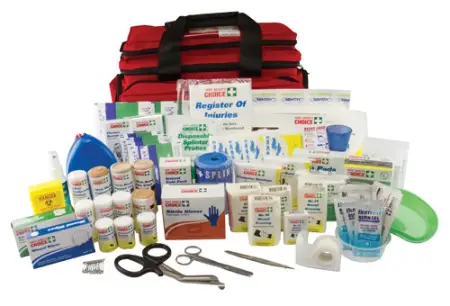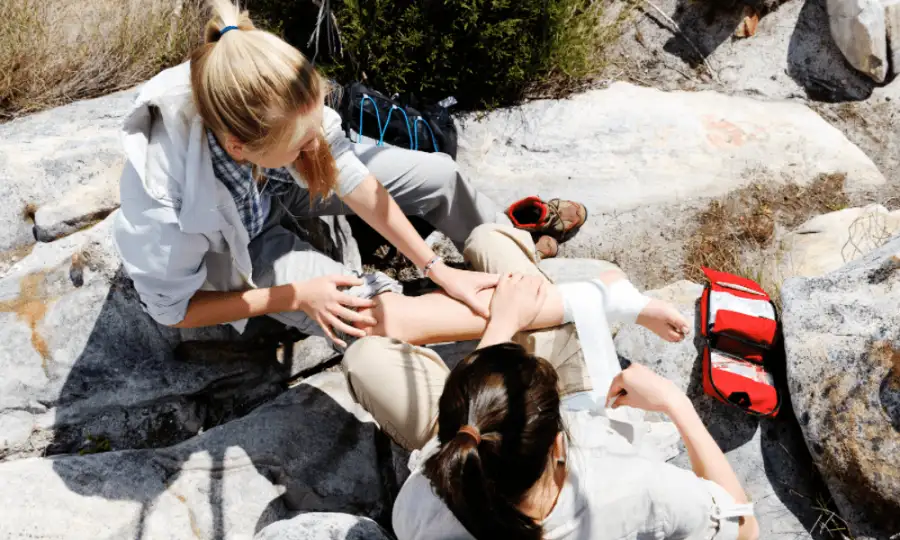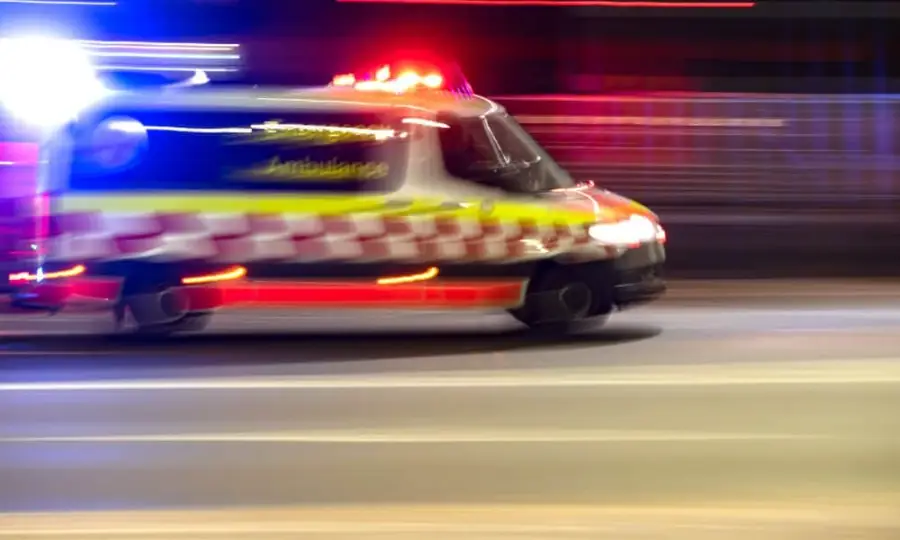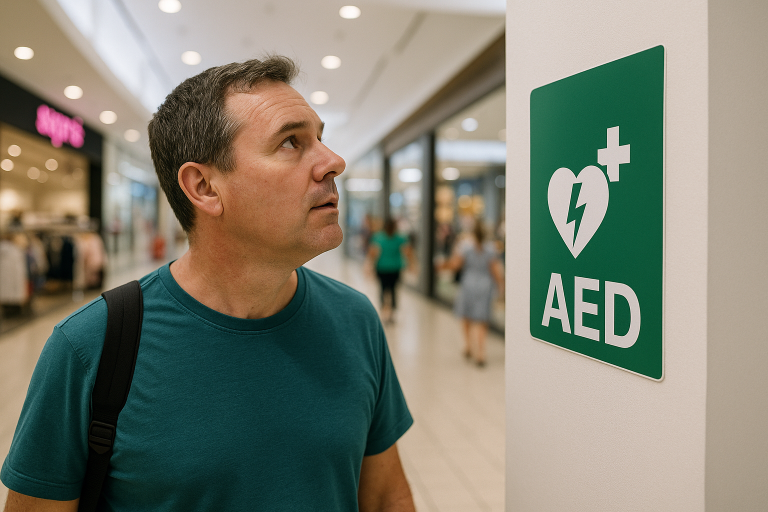Training and Assessment Delivered on Behalf of Allens Training Pty Ltd RTO 90909
Get your business first aid ready for 2023
The Queensland First Aid Code of Practice is a document that has information every business in Queensland must follow, but it’s easy to forget about! Why get things sorted? Because it could help save someone’s life, and keep you safe legally! We’ve made this post and a downloadable checklist to help you learn a bit about what it takes to be first aid compliant.

Want to be compliant but just here for the checklist? Download now
Not enough time to get things sorted? Let us come and help you! Request a free first aid consult today
The Queensland First Aid Code of practice has a handy checklist that can give you an idea of if your workplace is meeting first aid standards. Let’s take a look at each question and go through some basics!
1. Do all workers have access to first aiders and first aid kits?
This is a great place to start: to meet government requirements you need to have enough kits and qualified staff! We will look more at how you can do this as we go through the next few questions.

2. Are more first aid kits required to be first aid compliant?
In an emergency, kits need to be accessed quickly, so it’s often good for businesses with more than one building or shed to have a kit in each area. Also, not to be overlooked is vehicles! Many businesses choose to have a vehicle in each kit to help provide their staff with first aid access no matter where they are.

3. Are more first aiders needed?
How many first aiders do you actually need in your workplace? The legal minimum requirement is 1 in 25 for High Risk Workplaces, 1 in 10 for high risk Remote Workplaces and 1 in 50 for low risk workplaces. However, most businesses will need more than the minimum, the next paragraph will show why.
4. Do workers have access to first aiders at all times?
Most workplaces require more than the minimum amount of first aiders to ensure that they have first aiders available at all times. Does your business have multiple shifts and rosters? If so, there need to be enough registered first aiders on each shift. Are there other first aiders to help if one is sick or on leave?
In many types of businesses staff work alone, such as cleaners, tradies and drivers. While it might not be possible to always have a first aider nearby, Code of Practice encourages those working alone to have some first aid training and access. Often many businesses find it beneficial to have as many staff as possible trained.
5. Are your kits first aid compliant?
First Aid Kits have to be designed to suit the hazards at your workplace. The Code of Practice requires that businesses perform a risk assessment and use kits that suit the specific risks of their workplace. For instance, if the risk assessment finds that staff could likely suffer burns in the workplace, equipment to treat burns would be required in the first aid kit. Extra equipment may also be needed in workplaces that ambulances cant reach quickly. We can help tailor a kit to your needs with our free first aid consult.
6. Are first aid kits well maintained and identifiable to workers?
How long has it been since you have checked what’s in your first aid kits? Who is nominated in your workplace to replace what is needed, check all items are in date, and keep inventory? We love to make life easier with our regular first aid servicing, and do most of this for you!
7. Is a first aid room or health centre required?
Do you need a first aid room to be first aid compliant? It is recommended for low risk workplaces with more than 200 staff, and high risk workplaces with more than 100 staff. It might also be worth considering a room if the type of injuries your staff might encounter need higher level first aid care, or if you are in a remote area with slow access to ambulance services.
8. Are your facilities first aid compliant?
If you have a first aid room, the code of practice contains a checklist of things to keep and maintain.
You’ll need to regularly check you have sufficient supplies and that they are all stored correctly.
9. Do first aiders have skills, training and competencies to provide first aid in your workplace and are their skills up to date?
Generally, First Aiders need to complete HLTAID011 Provide First Aid every three years. Each year in-between they need to refresh their knowledge by undertaking HLTAID009 Provide CPR. Making a regular yearly booking for onsite training can help your staff stay up to date.

10. Is your equipment access first aid compliant?
When facing the stress of an emergency, good signage makes it easier to identify where kits are and provide help. It’s also helpful to remind your staff of who to get help from in an emergency.

11. Is there easy access for emergency services, like parking for an ambulance?
In an emergency, every minute counts. For example, if someone has a sudden cardiac arrest, each minute they need to wait for defibrillation, their chance of survival decreases by 10%. The easier it is for ambulances to get to them could literally help save a life!
We hope this article will help you to be first aid compliant this year! We would love to help make things easier for you. We offer first aid training, servicing and kits. Request a free first aid consult here or call our office today on 1300 115 193.



